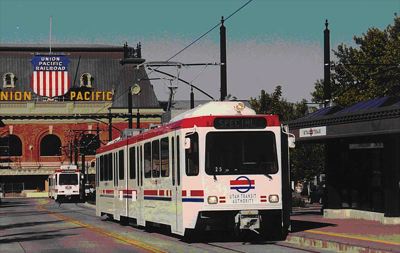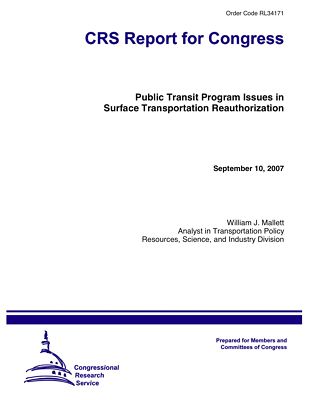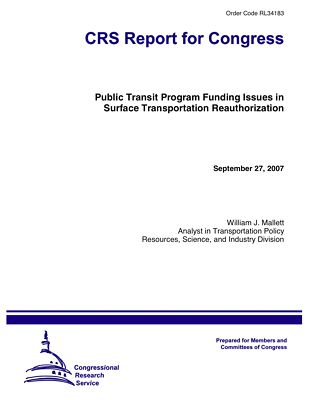The Salt Lake County Council of Governments recently agreed to spend $2.5 billion on rail transit. But a state auditor found that the analysis used to justify the decision contained some errors that, if corrected, would have indicated the money should be spent on roads instead.
The analysis ranked commuter rail as the second-highest priority transportation investment for the county. But when the errors were corrected, it dropped to 19th out of 34.

“So what?” say city and county leaders. They would have spent the money on rail no matter what the analysis found.










